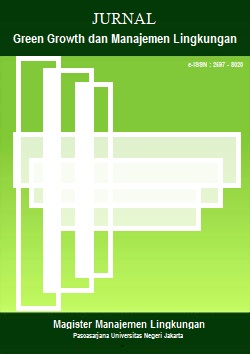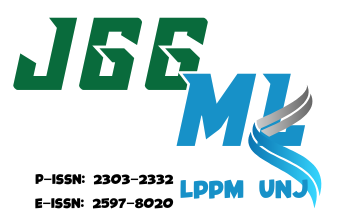PERAN KELUARGA DALAM MENERAPKAN NILAI BUDAYA SUKU SASAK DALAM MEMELIHARA LINGKUNGAN
DOI:
https://doi.org/10.21009/jgg.052.04Keywords:
Role, Familiy, sasak tribeAbstract
The interaction that arises from the impact of the residence used as a tourist village one of the habits of the community will be affected as the language and behavior of tourists. Cultural values become the guidelines of human life passed down from generation to generation so that the role of heir in this family becomes very important to be applied to the next generation. The purpose of this study to determine the role of families in applying cultural values that exist in the Sasak tribe. This research was conducted in Ende Village, Kecamatan Pujut, Central Lombok. The method of this research is qualitative descriptive, data obtained from observation, interview, documentation and literature review related to research substance. The results of this study provide information that the family tribe Sasak play an active role in presenting cultural values in children from childhood. The local cultural values of the Sasak tribe include the mother educating the girls weave, the father educates the farm boys, the father and mother show by example make us polite clothing in the village that is a sarong for men and women's woven cloth skirt, family religion will decrease to the child, and most of this can be sustained today because of the role of families who continue to apply cultural values from generation to generation. So, to preserve the cultural values of the tribe sasak required the role of the family, especially parents to inherit the habits and behavior in accordance with the norms prevailing in that tribe.



